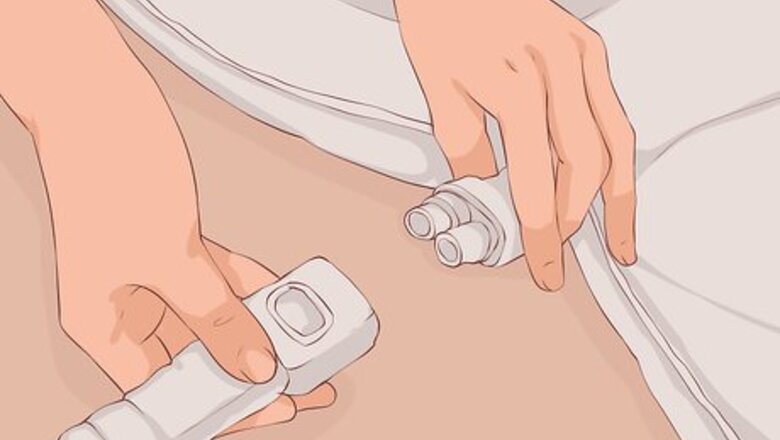
views
Machine-Washing Your Electric Blanket
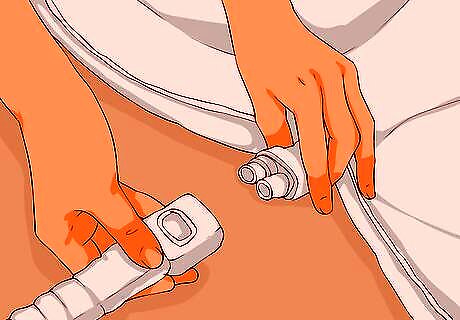
Disconnect the power cord before cleaning. Your electric blanket features a control cord that provides power through a wall plug. Whenever you want to clean the blanket, remove this cord from the blanket. Before removal, turn off the blanket and unplug it. The control cord should never be submerged in water. Before cleaning the blanket, check to make sure that all of the wire heating elements within the blanket are positioned as they should be, and that none of them have worn through the blanket’s fabric. If the wire heating element has worn through the fabric in any location, or the connection point between the blanket and the control cord is damaged in any way, discontinue use of the blanket. If you have an older electric blanket with a control cord that is not detachable, do not wash it in a washing machine. Instead, carefully hand wash the blanket, taking care not to submerge the control cord.
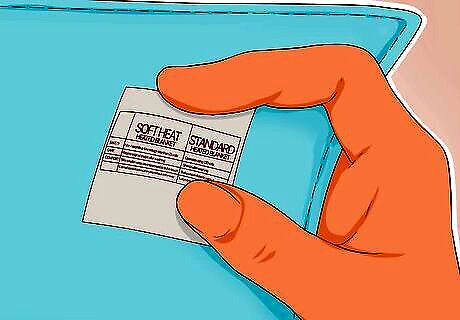
Check the manufacturer’s recommendations. Your electric blanket will come with a user’s manual that includes specific washing instructions. These instructions may be included on a “product care” label attached to your blanket, a booklet in the blanket’s packaging, or on the packaging itself. Almost always, you’ll be directed to pre-soak the blanket, wash it briefly on a gentle cycle, and rinse. A brief spin cycle will also likely be recommended.
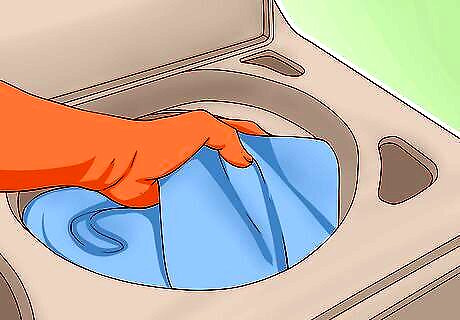
Pre-soak the blanket. Most manufacturers recommendations will direct you to soak the blanket for anywhere from five to fifteen minutes. In addition to the specific amount of time, they will also recommend different temperatures of water, ranging from cold to warm. If a specific temperature is not mentioned regarding temperature or duration of pre-soak, go with a cold water soak for fifteen minutes.
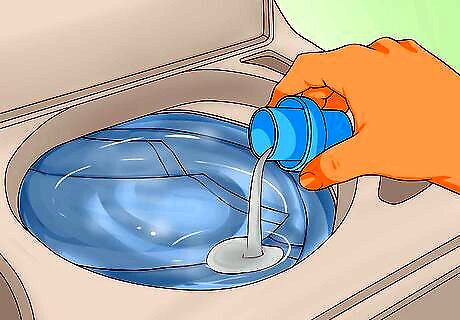
Wash briefly and gently. Almost all modern electric blankets can be washed in your washing machine. Most manufacturers do not recommend a full wash cycle, however. In fact, most blankets only need a few minutes’ wash on your machine’s “delicate” or “gentle” cycle. Use only a small amount of a mild washing detergent. Do not use any other cleaning chemicals. In particular, never bleach your electric blanket.
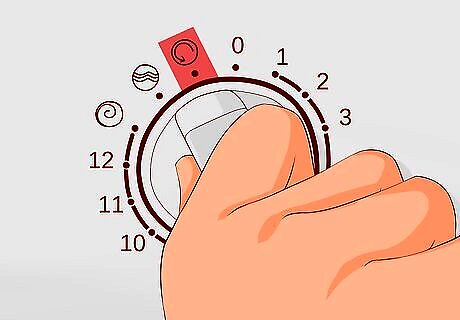
Rinse and spin briefly. Rinsing cycles can be even shorter. Just one minute of rinsing with cool or lukewarm water is the standard recommendation. Meanwhile, most blankets do benefit from a single standard spin cycle.

Take care when hand washing. Though it may surprise you, modern electric blankets are intended to be washed in a washing machine. If you have an old blanket that is not damaged in any way, however, you may want to wash it by hand. For instance, if your blanket’s power cord is not removable, it needs to be carefully washed by hand. The key is agitating the heating elements within the blanket as little as possible. To wash by hand, dunk the blanket (not including any electrical cords) into a tub with cold water and mild detergent and swish it around for a minute or two. Let it soak for fifteen minutes, squeeze soapy water out, and rinse in cool water before drying.
Drying Your Electric Blanket

Ensure the blanket can tumble freely. One important factor is the size of your dryer. Some smaller dryers may not be large enough to wash a large electric blanket. The main criteria is the blanket’s ability to tumble freely. If there is not enough room for your blanket to tumble in your dryer, consider air drying your blanket instead.
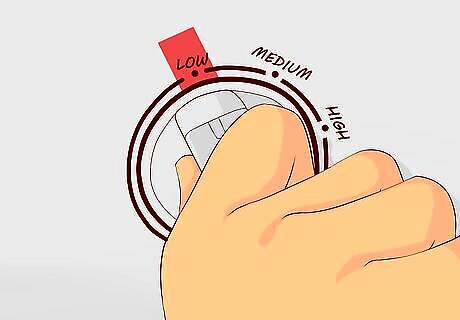
Check the manufacturer’s recommendations. Your user manual will also include specific instructions on drying your blanket. Some models may even require a brief dryer “pre-heating” period, akin to pre-heating your oven. Otherwise, you’ll likely be directed to dry your blanket somewhere between five and ten minutes. Unless directed otherwise, always set your dryer to “low” when drying your electric blanket. Remove the blanket from the dryer while it’s still damp.
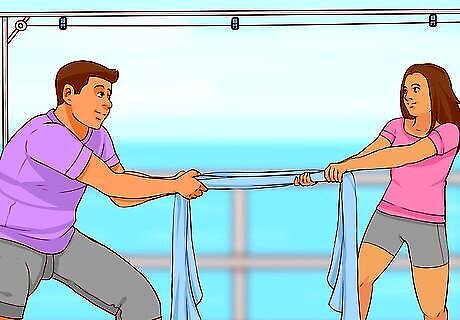
Stretch the blanket after laundering. Depending on your blanket’s manufacturer, it may need to be stretched back to its normal size after washing and/or drying. Since the blanket will still be slightly damp, it will likely be easy to reshape. In order to do so, have someone else help you. Stand across from one another, with both of your arms reaching along opposite edges of the blanket as far as possible. Then simply gently pull apart from one another.

Air dry your blanket. To allow the blanket to dry the rest of the way, or if you simply wish to entirely air dry your blanket, drape it over a clothesline or shower rod that will be able to bear its weight. Note that it is extremely important to wait until an electric blanket is fully dry before plugging it back in and/or using it again.
Preventing Damage to Your Electric Blanket
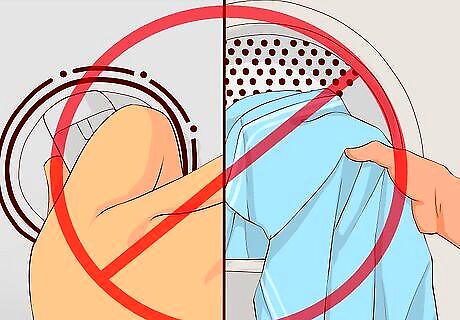
Do not dry clean your electric blanket. Many people believe dry cleaning is gentler, and thus preferable for an electric blanket. This is not the case. In fact, it’s extremely important to avoid dry cleaning your electric blanket, as the chemicals used in dry cleaning can damage the insulation that surrounds the blanket’s heating elements.
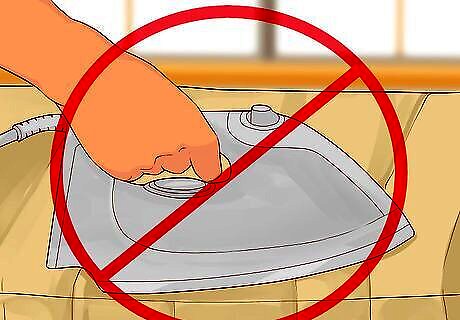
Do not iron an electric blanket. In general, you want to do as little cleaning, treating, and otherwise caring for your electric blanket as possible. In particular, never iron an electric blanket, as an iron can easily damage the blanket wires’ insulation.

Inspect the blanket after washing and drying. If, during washing or drying, any of the heating wires within the blanket become displaced or otherwise damaged, do not use the electric blanket any further. If you are at all uncertain about the condition of your blanket, the best option is to avoid using it. You can check to ensure the wires are all in place by holding the blanket between you and a bright light source. The wires should all be evenly spaced, and never overlap.
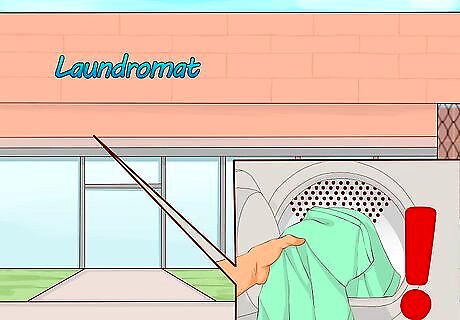
Take care at the laundromat. Most manufacturers recommendations will direct you not to dry your blanket in a commercial dryer, such as those at the laundromat. The reason is heat: commercial dryers can get much hotter, and risk damaging your blanket. However, if you are careful to set the dryer at its lowest heat setting and check frequently to prevent drying the blanket all the way, you can safely use most commercial dryers.

















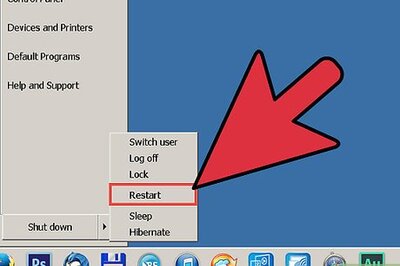

Comments
0 comment